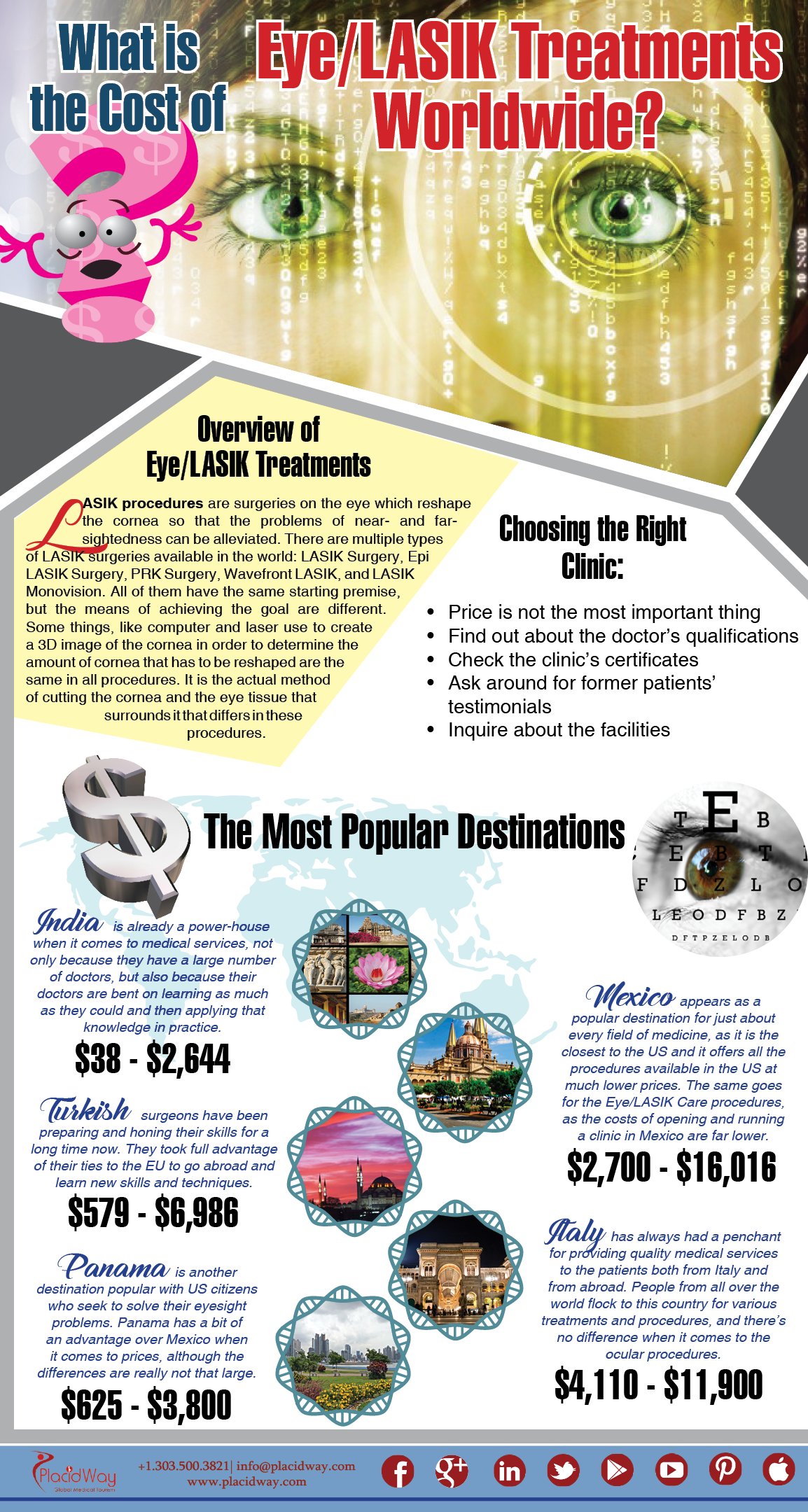An In-Depth Exam Of Modern Cataract Surgical Treatment Techniques
An In-Depth Exam Of Modern Cataract Surgical Treatment Techniques
Blog Article
Post Composed By-Hogan Meyers
As you discover the advancement of sophisticated cataract surgical procedure strategies, you'll witness a trip marked by resourcefulness and accuracy. From Discover More that led the way for contemporary technologies to advanced technologies that are revolutionizing the area, the comprehensive introduction of cataract surgery methods is a testament to human progression and dedication to improving patient end results. The detailed interplay in between historic strategies and futuristic innovations develops a fascinating narrative that sheds light on the advancement of among one of the most typical surgical procedures worldwide.
Historic Strategies and Technologies
Check out how very early cosmetic surgeons reinvented cataract treatment by utilizing innovative techniques and devices. In the past, cataract surgery was a risky and agonizing procedure. However, ancient Indian physicians were among the very first to try surgical interventions for cataracts, using a strategy called 'couching' where a sharp tool was made use of to press the cataract back right into the eye. This approach, though crude by today's criteria, laid the groundwork for future developments in cataract surgery.
As time proceeded, Arab doctors made substantial contributions by creating specialized needles for cataract extraction. These needles were used to puncture the cataract and after that extract it from the eye, marking a significant renovation in medical accuracy.
Later on, in the 18th century, the French surgeon Jacques Daviel spearheaded the technique of extracapsular cataract extraction, where the whole lens was gotten rid of undamaged through a larger incision. This marked a significant improvement in cataract surgical procedure techniques, leading the way for the modern treatments we make use of today.
Modern Surgical Approaches
Early methods in cataract surgical treatment have developed dramatically, leading to the growth of modern surgical methods that prioritize accuracy and enhanced patient outcomes. Modern cataract surgical treatment now usually includes a procedure called phacoemulsification, where an ultrasonic gadget breaks up the cataract for elimination with a tiny cut. This technique permits quicker recovery and reduces the threat of complications contrasted to older techniques.
In addition, using innovative intraocular lenses (IOLs) has actually reinvented cataract surgery end results. Halo Lights In Eyes can deal with not just the cataract yet additionally various other refractive errors like astigmatism, minimizing the requirement for glasses post-surgery.
Surgeons today likewise have accessibility to sophisticated imaging innovations that aid in precise preoperative planning and intraoperative decision-making. Optical comprehensibility tomography (OCT) and other imaging modalities offer comprehensive images of the eye's frameworks, allowing for a more individualized method to each person's surgical procedure. With these advancements, modern cataract surgery methods remain to improve, providing people much safer procedures and better aesthetic results.
Arising Technologies in Cataract Surgical Treatment
With developments in technology changing the field, cataract surgery is witnessing the assimilation of ingenious strategies for improved patient results. Emerging modern technologies in cataract surgical treatment are improving the landscape of ophthalmic procedures. One such advancement is femtosecond laser modern technology, which allows for specific corneal incisions, capsulotomies, and lens fragmentation, bring about boosted surgical accuracy and end results.
Furthermore, intraoperative aberrometry is gaining popularity, allowing real-time measurements of refractive errors throughout surgery to enhance intraocular lens power calculations and minimize postoperative refractive surprises.
Moreover, using advanced imaging modern technologies like optical coherence tomography (OCT) and intraoperative wavefront aberrometry help doctors in specific medical preparation and implementation. These tools give in-depth anatomical information and help personalize surgical techniques for every individual's distinct eye qualities.
Furthermore, developments in artificial intelligence are being checked out to help in preoperative planning, intraoperative decision-making, and postoperative treatment, potentially enhancing surgical results and person fulfillment. Welcoming these emerging technologies in cataract surgery holds pledge for more enhancing client outcomes and making sure the continued evolution of ocular medical methods.
Conclusion
As you journey through the background of cataract surgical treatment, you witness the change from old practices to innovative modern technologies. Like a phoenix az climbing from the ashes, cataract surgical treatment has developed into a sign of hope and advancement.
Equally as a caterpillar emerges from its cocoon as a lovely butterfly, cataract surgical treatment has developed right into a polished art kind, offering individuals clearer vision and a brighter future.
The evolution continues, radiating a light on countless possibilities.
